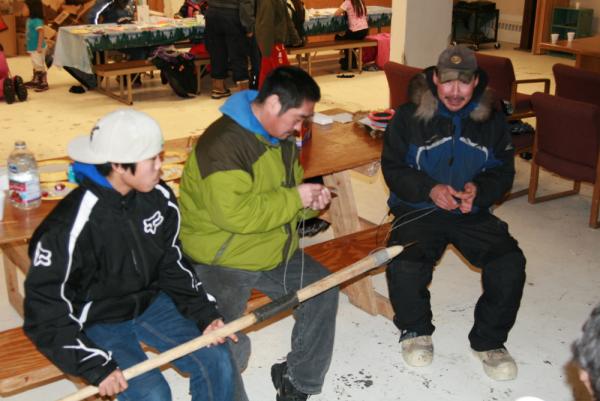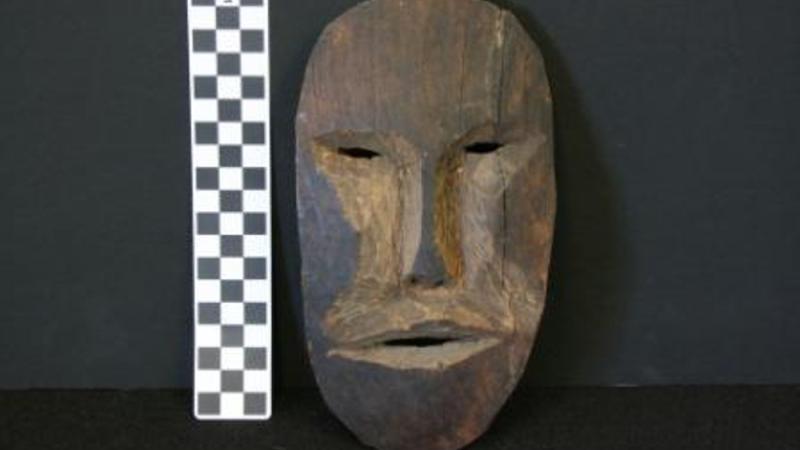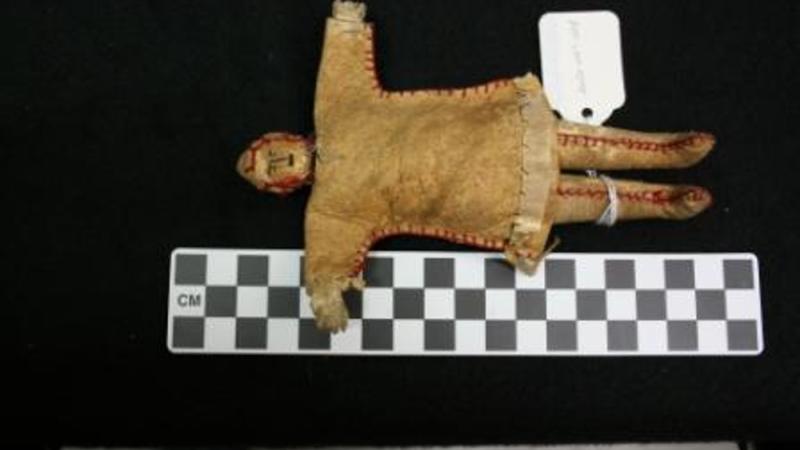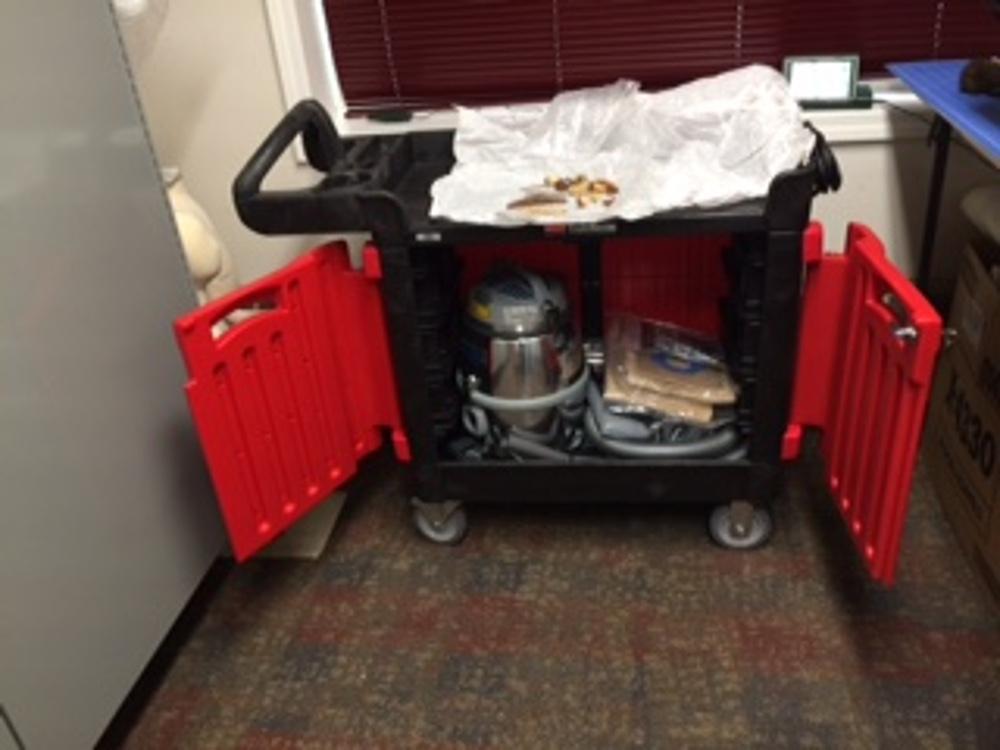50 States of Preservation: Kawerak, Inc., in Nome, Alaska

Hunters explaining how harpoon heads function. Photographer: Raymond Yakoubian.
Image courtesy of Kawerak, Inc.

Hunters explaining how harpoon heads function. Photographer: Raymond Yakoubian.
Image courtesy of Kawerak, Inc.
This feature is part of a series we call “50 States of Preservation,” in which we are touring small and mid-sized museums, libraries, historical societies, and other repositories across the country to show how they are helping to preserve the nation’s cultural heritage. Read other entries in the series here.
The small (population 3,800) and remote (it can only be reached by plane) city of Nome is situated on Alaska’s western coast, bordering the Bering Strait. Nome is perhaps best known as the end point of the famous 1000-mile-long Iditarod Trail Sled Dog Race. However, Nome is also a regional hub serving 15 rural communities and three very distinct Alaska Native cultures. It is home to the Katirvik Cultural Center (formerly named the Beringia Center of Culture and Science), which maintains an ethnographic collection of materials from the Inupiat, Yupik, and St. Lawrence Island Yupik peoples of the region. Founded in 2004, the Cultural Center is managed by a non-profit consortium of 20 Alaska Native tribes, called Kawerak, Inc., and it strives to promote and protect their diverse indigenous heritage by caring for the region’s cultural heritage collections and keeping them close and accessible to their people.
In preparation for the Katirvik Cultural Center’s move into a climate-controlled facility in 2016, the NEH made a grant to help preserve its collection of 150 artifacts, art works, and cultural materials documenting the history of the peoples of the Bering Strait. Highlights of the collection include a rare clay basket, ceremonial masks and figures, garments, tools for hunting and cooking, and traditional fishing equipment. In addition to serving academic researchers, these items are used in school programs and traveling exhibitions.
Through these objects, the Cultural Center is able to share and celebrate the unique traditional knowledge and cultural history of this region, support Alaska Native efforts to pass knowledge on to their youth, and assist the preservation of the living cultures of the Bering Straits region.
Thanks to NEH’s Preservation Assistance Grant, the Katirvik Cultural Center was able to acquire preservation and rehousing supplies, as well as camera equipment to help monitor the conditions of the collection, thus ensuring its proper care. The supplies purchased through the grant were placed on carts that can be flexibly moved throughout the Cultural Center’s storage space. The preservation supplies were also used to help process some recently acquired ethnographic materials, including a hunter’s fur headband, a traditional berry picking comb, and a rare and fragile bird skin parka. The Katirvik Cultural Center plans to conduct training workshops for other organizations in the region that hold similar collections.
In every state, NEH supports organizations that preserve humanities collections. Preservation Assistance Grants for Smaller Institutions (PAGs) fund projects that help safeguard photographs, letters, documents, prints, moving images, sound recordings, maps, drawings, artworks, textiles, furniture, and artifacts, making them available for future generations. These collections help researchers, educators, and members of the public better understand the complex stories of the various cities, towns, and tribal groups that make up our nation. Since 2000, NEH has made nearly 2,000 Preservation Assistance Grants to small and mid-sized organizations to preserve and care for their humanities collections. In all 50 states, the District of Columbia, and Puerto Rico and the Virgin Islands, PAG awards have funded preservation assessments, purchase of shelving, environmental monitoring equipment, and preservation supplies, and training for staff. Organizations in all states and U.S. territories are eligible to apply, and the program encourages applications from those new to NEH. The next application deadline Preservation Assistance Grants for Smaller Institutions is May 2, 2017. If you have any questions about this grant program, please contact us at @email or 202-606-8570.









